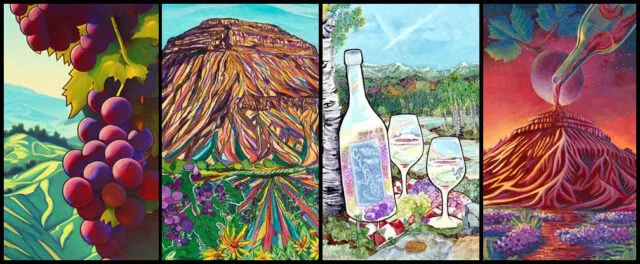Chardonnay grapes in a vineyard.
American Chardonnay is doing just fine. In spite of challenges, generalisations and dismissal, the grape that put modern American wine on the map is still producing some of the country’s best wines, from California to the Jersey shore.
American wine began to rise to prominence in the 1800s in Napa and the San Pablo and San Francisco Bay areas, closer to the booming city of San Francisco. A region that remains the epicentre of the country’s wine culture today.
The 18th Amendment, otherwise known as the Volstead Act or Prohibition, came along and shut the whole thing down. For thirteen years, from 1920 to 1933, America’s nascent wine culture sat in slumber, wineries shuttered and vineyards were ripped out.
When it all ended, it would take approximately 43 years for American wine to get noticed again. This time, it would be a Chardonnay that helped put America back on the map. The 1973 Chateau Montelena Chardonnay would stand head and shoulders above a selection of white Burgundies at the 1976 Judgement of Paris.
The rest, as they say, is history.
Styles and stereotypes
For a few decades, beginning in the early 1980s, while it wasn’t universal, there was a ubiquity of ripe, full-bodied Chardonnay, with plenty of fruit, a little sweetness, and very little acidity. This style started in California but could be found in warmer growing regions as well. It was popular with many consumers, with a few examples scoring highly in some of the






